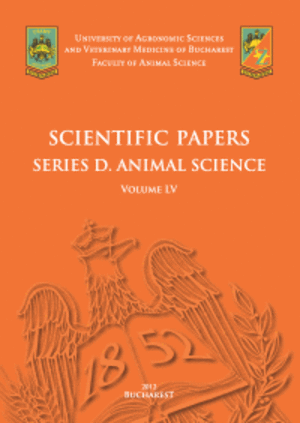Published in Scientific Papers. Series A. Agronomy, Vol. LXVIII, Issue 1
Written by Loredana CRIȘAN, Vlad STOIAN, Larisa CORCOZ, Bianca POP, Alexandra GHEORGHIȚĂ, Anca PLEȘA, Roxana VIDICAN
Bioremediation is a sustainable form of improving the health of soils in heavy metal contaminated urban areas. For the research were selected 5 historically polluted sites from Baia Mare city that were phytoremediated for a period of one and a half year. In all sites, microbial functional profile was analysed in Biolog EcoPlates, a method that enables the detection of microbial heterotrophic communities and their activity in relation to a set of standardized substrates. After a year and a half of bioremediation, the basal activity showed small differences between the microbial functional activity in all 5 analyzed sites. Two sites presented the highest sum of functional activities, with more than 30 units recorded in each. The minimum sum of activity recorded was below 20 units. The same site recorded the highest diversity of the total functional microbiome. The presence of heavy metals is visible in the activation of different functional groups from the total microbial community present in these soils.
[Read full article] [Citation]




